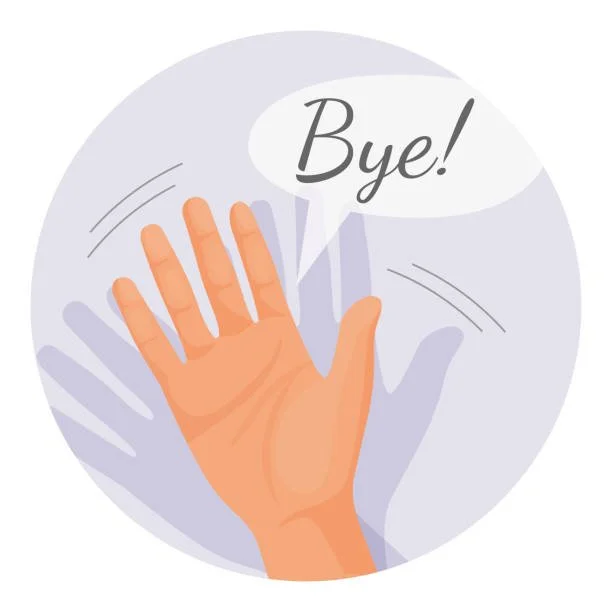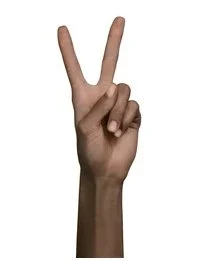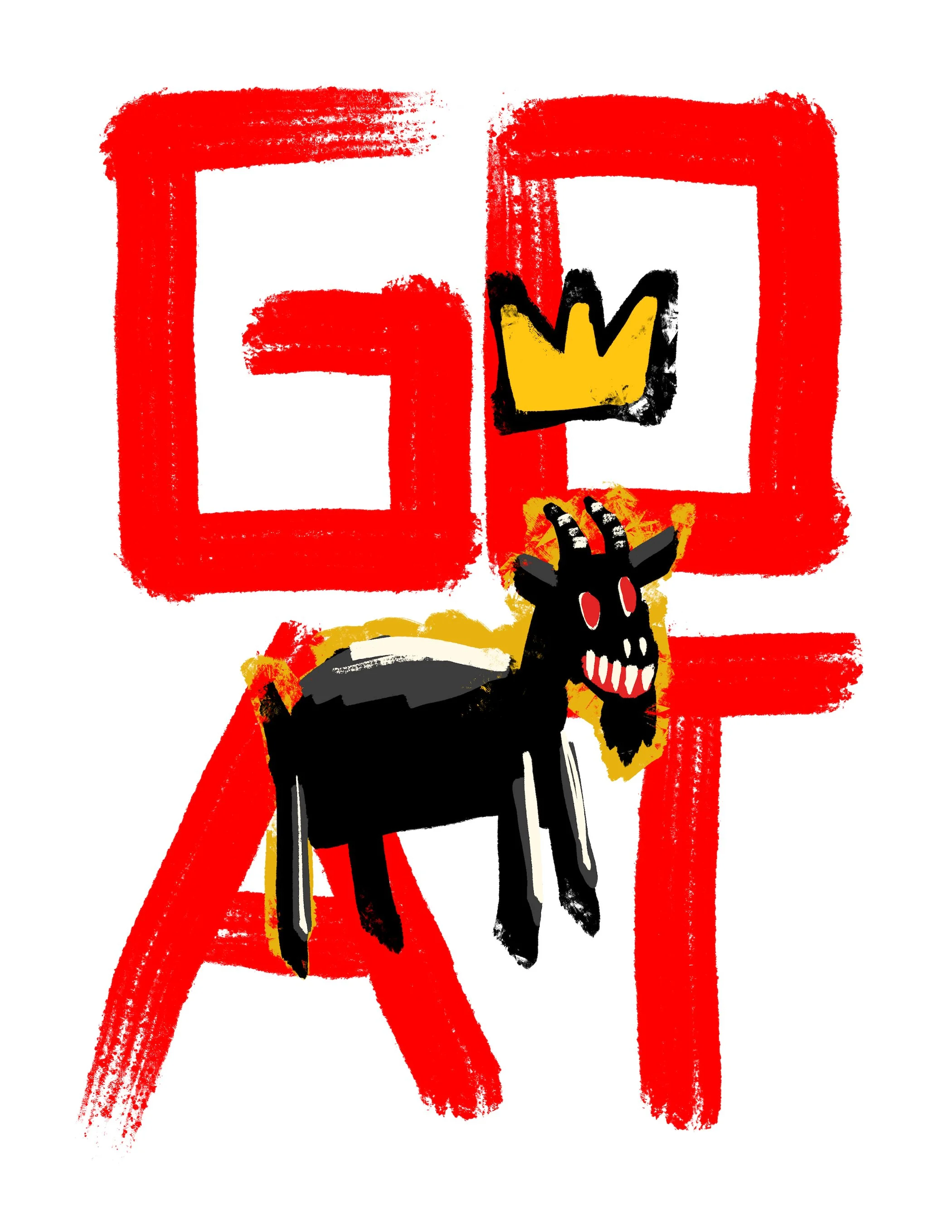Saying Bye
Farewell, so long, adiós, peace out, later, take care, adieu, until next time, ciao, goodbye. For as long as we’ve been social animals with the ability to phonate, we’ve been communicating “bye.” Millions of years ago our ancestors probably just used a firm grunt and context clues, but the way we express “goodbye” has since evolved and proliferated.
In fact, we here at whatsthesitch.com feel there are now too many choices for saying “goodbye.” Frankly, we’re confused. Do they all mean the same thing? Are we to use different versions in different situations? Are some only written, others only said aloud? Do we need to stay up on the latest trends? Do we even need to say anything at all?
What’s the sitch?
We all use a variety of these terms, but what are we actually trying to communicate when we say “bye?” Most commonly it expresses that “we are separating now,” either physically or from conversation. The term is used during mutually agreed upon separations (“Talk to you again soon, bye-bye!”) and as an imperative during contentious separations (“I said, good day sir!”)
Saying “goodbye” can be one of the most emotionally charged intervals in human communication (just ask all the artists who have written hit songs about it, such as N’Sync, Macy Gray, The Sound of Music, Sam Smith, and Train, to name just a few). A seemingly simple “bye” can express a deep well of meaning depending on inflection and context. From yelling a drawn out “byeee” to a defeated opponent as they leave the arena, to whispering a sorrowful “bye” at a loved one’s funeral, to singsonging a cheerful “byyye!” from your doorstep as dinner guests leave; the same little word can carry with it a huge range of sentiments.
Further complicating this delicate interaction is the body language that supports verbal “goodbyes.”
Classic Wave
Peace Sign
Salute
Kerchief Wave
Bowing
Et cetera… Which brings us back to, what’s the sitch? How should we be saying goodbye?
To my surprise, though usually enlightening, a quick Google search only made things worse. Book titles like The Art of Saying Goodbye, Goodbye to Goodbyes, and Goodbye, Things seemed daunting. There were a number of blogs on the matter, including 81 cool, common and quirky ways to say goodbye in English, and Don’t Make it Bitter: 101 Different Ways to Say Goodbye, written by a quote “Certified Emotional Intelligence Practitioner,” who had the opposite take from our staff here at whatsthesitch.com, writing:
“Very few seem to realize that there are numerous ways to say goodbye! If you are tired of saying goodbye, bye, or ciao the same way, it is time to mix things up a little. There are many amusing methods to leave an impression on the person you are seeing off.”
Powerful stuff. There were TED talks, linguistics lessons, those against the phrase altogether, even Youtubers filming themselves saying goodbye to their mom… oh boy. We are trying to simplify the task of saying goodbye, not wander into the deep end of an internet ‘goodbye’ hole. No thank you!
So we decided to do what we do best here at whatsthesitch.com: ‘investigative journalism.’ We dove deep, doing ‘months’ of ‘interviews’ and ‘research,’ as well as ‘dozens’ of ‘focus groups’ and ‘hundreds’ of ‘real-world simulations.’ After this prolonged ‘investigation,’ we found that the best-understood English language word for expressing “we are separating now,” is the original, “bye.”
Problem solved? Not quite… “Bye” is unfortunately a homophone with a bunch of other commonly used words. Are you saying goodbye? Or pausing before saying when the assignment is due by? Or asking about my sexual orientation? Or telling me to buy more wheat futures? Which bye!!??
An additional syllable is needed to ensure the message gets across. Adding a full second “bye,” as in “bye-bye,” doesn’t fully solve the above homophone conundrum. Are you saying goodbye or are you really confident about wheat futures? A quicker, more rhythmic option is the contracted “B’bye!” (Pronounced /bʌ baɪ/).
So we propose, from this day forth, in English speaking communities around the world, we should all stick to saying “B’bye!” when an interaction is coming to an end. The phrase is easy to say, recognizable, and the introductory “Buh” clarifies which of the homophones is being used. It is flexible, able to be expressed with joy, sorrow, sarcasm, and everything in between. Unlike some other parting phrases, “B’bye” excludes idioms and extraneous words that increase potential misunderstanding (such as “good bye,” “farewell,” “take care,” “all the best,” “alrighty then,” “later alligator,” and more). It is also definitive, leaving very little room afterward to reignite a conversation that has come to an end.
“B’bye” is not only practical, it’s fun! Try it out. Say it outloud to yourself in a few different ways. Try making the first syllable more or less staccato. Try modulating the duration of the follow-up “bye.” Compare ending on a rising pitch to a falling pitch… they convey quite different messages for your departure!
We challenge you to at least try out “B’bye” with your friends and family for a few weeks. You’ll be surprised at how well you are understood and how light you will feel once you unburden yourself of all those phrases that mean the same thing.
B’bye!








